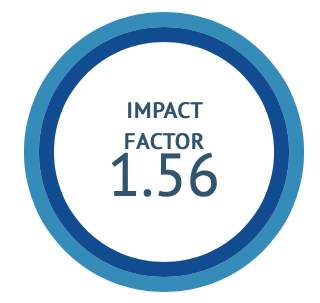Evaluation of Analgesic and Anti-inflammatory activity study of Polyherbal formulation ACUPEN in experimental animal models
DOI:
https://doi.org/10.47552/ijam.v16i1.5179Keywords:
ACUPEN tablets, Analgesic, Anti-inflammatory, PolyherbalAbstract
Aim and Objective: Evaluation of Analgesic and Anti-Inflammatory activity study of polyherbal formulation ACUPEN in experimental animal models. Methodology: The acute toxicity test of the Polyherbal formulation ACUPEN was performed by OECD 423-guideline. Analgesic activity was evaluated using Eddy’s hot plate method & acetic acid-induced abdominal writhing test. The anti-inflammatory activity was measured using a digital vernier caliper with carrageenan-induced hind paw oedema. All drugs were given 1ml of 1% vehicle (CMC), Pentazocine 10mg/kg (i.p), Diclofenac 10mg/kg and Test drugs at doses 150, 300 and 600 mg/kg in 1% CMC (vehicle) were administered per orally in the experiment. Result and Discussion: Eddy’s Hot plate method results showed central analgesic activity through a long-lasting significant increase in response time from 30 minutes to 120 minutes in the Polyherbal formulation ACUPEN. In acetic acid-induced writhing ACUPEN exhibited dose-dependent peripheral analgesic activity. Amongst low, mid and high, the high dose (600mh/kg) showed significant (p<0.05) peripheral analgesic activity compared to standard drug. In the carrageenan-induced paw oedema method, the percentage inhibition of all the groups was compared at 1, 2, 3, 4, and 5 h, and it was found that high-dose ACUPEN (600mg/kg) showed highly significant P< 0.05 of % inhibition than the other groups. Conclusion: From the current study it has been concluded that the Polyherbal formulation ACUPEN was found to be safe for greater than 5000mg/kg body weight. The formulation exhibited both central and peripheral analgesic action in a dose-dependent manner in experimental models. The Polyherbal formulation has also exhibited anti-inflammatory activity too.
Downloads
Published
How to Cite
Issue
Section
License
Copyright (c) 2025 International Journal of Ayurvedic Medicine

This work is licensed under a Creative Commons Attribution-NonCommercial-ShareAlike 4.0 International License.
The author hereby transfers, assigns, or conveys all copyright ownership to the International Journal of Ayurvedic Medicine (IJAM). By this transfer, the article becomes the property of the IJAM and may not be published elsewhere without written permission from the IJAM.
This transfer of copyright also implies transfer of rights for printed, electronic, microfilm, and facsimile publication. No royalty or other monetary compensation will be received for transferring the copyright of the article to the IJAM.
The IJAM, in turn, grants each author the right to republish the article in any book for which he or she is the author or editor, without paying royalties to the IJAM, subject to the express conditions that (a) the author notify IJAM in advance in writing of this republication and (b) a credit line attributes the original publication to IJAM.




